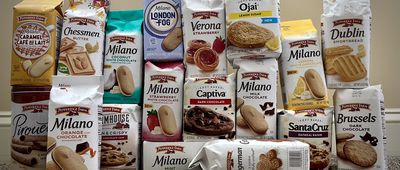From Soup to Nuts
As the weather changes from hot to cold, it's a good idea to change your home-cooking menu to reflect seasonal dishes and availability. From end-of-summer sales on items that will last until next year to inexpensive ingredients that come in handy throughout the fall, there are plenty of opportunities to stock up on grocery store essentials. Turning to seasonal produce is another way to spend thoughtfully while creating satisfying meals that are full of nutrients and flavor. Think comfort foods, too. Here are 50 things to put on your grocery list this fall, along with some ideas on how to use the lesser-known items. Do you have other favorites? Please share them in the comments.
Prefer to shop from the comfort and safety of your own home? Be sure to check out our comparison of online grocery delivery services to find out which one is right for you.
Related: Fall Recipes That Showcase Seasonal Fruits and Veggies



























































